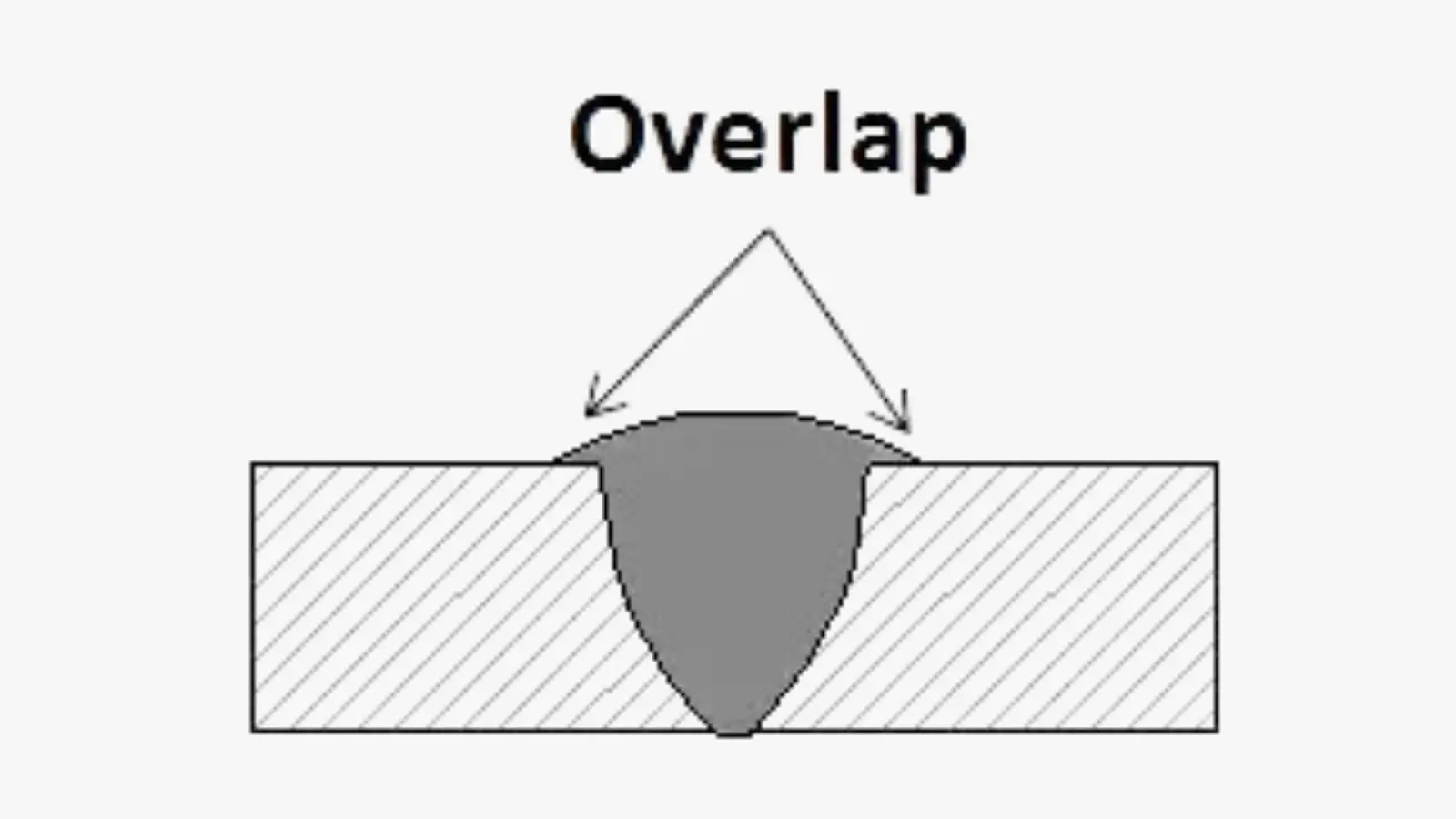Efficient Ways to Prevent Weld Undercut in Your Welding Tasks
Efficient Ways to Prevent Weld Undercut in Your Welding Tasks
Blog Article
A Comprehensive Guide to Identifying, Fighting, and Repairing Undercut Welding Problems in Your Welding Projects
In the world of welding, experiencing undercut issues is an usual obstacle that can endanger the architectural integrity and overall top quality of your welding tasks. Understanding the origin behind undercut welding, having the ability to precisely detect it in your welds, and executing effective preventative actions are vital skills for any kind of welder. Furthermore, having the expertise and strategies to remedy undercut problems when they do occur can make a considerable distinction in the final end result of your welding ventures. Remain tuned as we check out the crucial components of identifying, stopping, and taking care of undercut welding problems, providing you with beneficial insights and strategies to elevate your welding abilities to the next level.
Common Reasons of Undercut Welding
Undercut welding, an usual issue in welding processes, can be created by different factors that need to be thoroughly identified and resolved to ensure the stability of the weld joint. One of the main reasons of undercut welding is excessive warmth input.
An additional typical root cause of undercut welding is improper welding method. Inadequate manipulation of the welding lantern or gun, wrong angle or range between the lantern and the work surface, or inconsistent travel rate can all add to the formation of undercut. In addition, utilizing the incorrect welding consumables or electrode dimension for a certain joint setup can result in undercut problems. Determining these origin and carrying out rehabilitative procedures is crucial in stopping and remedying undercut welding troubles in welding jobs.
Identifying Undercut in Welds

To identify undercut accurately, proper illumination and magnifying tools are vital to check the weld joint extensively. Using devices such as a welding scale or a magnifying glass can help in identifying also the smallest undercut blemishes. Additionally, running a finger or a fingernail along the weld joint can occasionally expose undercut, as the surface might really feel irregular or have a dip where the undercut exists.
Safety Nets for Undercut
Having a deep understanding of the reasons of undercut in welds enables for the implementation of effective preventive steps to keep weld high quality and stability. These setups should be optimized to protect against too much heat input, which can lead to undercut formation.

Methods for Repairing Undercut

Raising the welding existing or minimizing the travel speed can aid fill up in the undercut. Furthermore, altering the welding strategy from a push to a drag or vice versa can additionally help lessen undercut.
One more method is to make use of a weaving motion while welding to guarantee appropriate sidewall combination and fill in the undercut. By oscillating the welding arc back and forth within the weld joint, the welder can deposit more filler material right into the undercut locations, effectively getting rid of the defect.
Furthermore, grinding out the undercut and rewelding the joint can be a practical remedy for more severe undercut issues - Preventing weld undercut. This process entails getting rid of the undercut area, preparing the base metal, and after that rewelding the joint with appropriate welding parameters and strategies to stop undercut from visit the website returning

Expert Tips for Avoiding Undercut
Making use of proper welding strategies and keeping control over vital welding parameters are crucial techniques for welders intending to stop undercut in their weld joints. One expert tip for staying clear of undercut is to ensure proper joint prep work. This includes cleaning up the base metal extensively to get rid of any type of contaminants that might bring about damage formation. In addition, picking the appropriate welding process and filler steel for the certain application can help protect against undercut. Welders need to also pay close attention to the welding existing and voltage settings, guaranteeing they are within the suggested array to avoid getting too hot and prospective undercut. Keeping a regular traveling speed throughout the welding process is an additional vital suggestion to prevent undercut. By relocating at a stable rate, welders can ensure appropriate blend and lower the probability of undercut development. Last but not least, examining the weld grain after completion can assist determine any indicators of undercut early on, permitting for immediate corrective activity to be taken.
Final Thought
To conclude, recognizing, preventing, and repairing undercut welding issues in your welding tasks is vital for ensuring resilient and strong welds. Preventing weld undercut. By understanding the typical sources of undercut, being able to determine it in welds, executing safety nets, and utilizing proper techniques for repairing undercut, you can avoid prospective problems and produce high-quality welds. Complying with specialist pointers for staying clear of undercut can assist you boost your welding skills and create far better cause your tasks
Undercut welding, a typical issue in welding processes, can be caused by numerous aspects that need to be thoroughly recognized and resolved to make certain the stability of the weld joint. Furthermore, running a finger or a fingernail along the weld joint can often expose undercut, as the surface might really feel uneven or have a dip where the undercut exists.
Making use of proper welding techniques and keeping control over crucial welding parameters are crucial methods for welders aiming to prevent undercut in their weld joints.In verdict, determining, preventing, and repairing undercut welding problems in your welding tasks is vital for guaranteeing solid and long lasting welds. By recognizing the typical reasons of undercut, being able to determine it in welds, carrying out precautionary measures, and using correct methods for fixing undercut, you can avoid possible issues and produce top quality welds.
Report this page